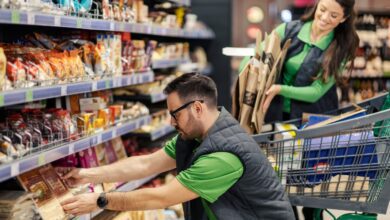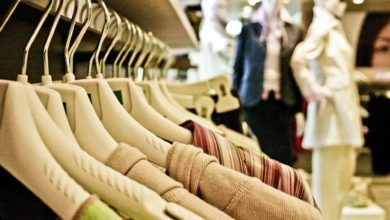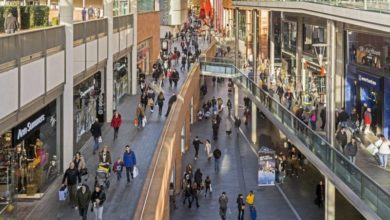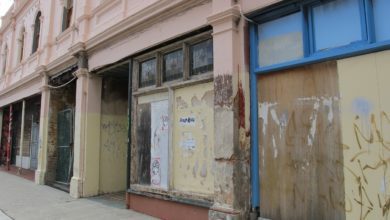Retail sales recovery slows in October
The BRC and the KPMG Retail Sales Monitor reports that the UK’s retail sales saw a 1.2% year-on-year rise in October, a 0.2% rise from October last year

The recovery of retail sales slowed in October, as on a total basis, retail sales increased by 1.6%, against an increase of 1.3% in the same month last year. This is also below the three-month average of 1.7% and the 12-month average growth of 2.7%, according to the British Retail Consortium (BRC).







